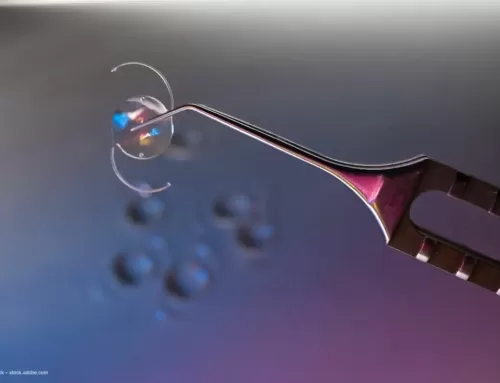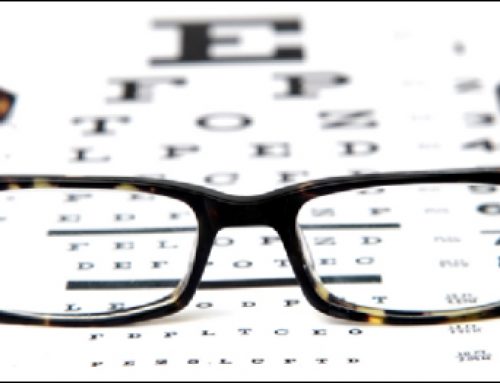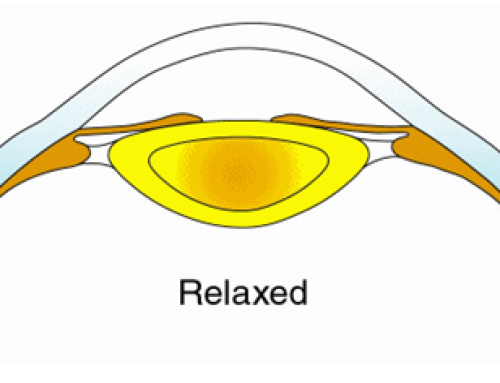Crystalline lens is an intraocular structure that in its youth allows clear vision at all distances, from far to near vision, even in intermediate distances. However, the accommodation capability of the crystalline lens is reduced with the age. Precisely, presbyopia is induced by the reduction of contraction capability of the ciliary muscle, increased lens sclerosis, changes in the crystalline lens or weakening zonular fibers mainly. The above-mentioned changes naturally produced by age induce difficulty in focusing near objects. In such situations, a visual review is necessary to plan an efficient alternative to improve vision. Traditionally, contact lenses and glasses have been the most popular option to improve the visual symptoms associated to presbyopia. However, as it is known contact lenses and glasses in presbyopic patients are also associated with drawbacks in its adaptation. For these reasons, ophthalmological surgical techniques are effective and safety procedures to improve vision.
Nowadays, different ophthalmological surgical techniques to improve vision in presbyopic patients have been developed. Concretely, the most popular option to improve the vision in presbyopic patients is the implantation of Intraocular Lenses (IOLs). This alternative is recommended in presbyopic patients because it also allows removal the crystalline lens, avoiding its opacification in the future in the well-known process of cataracts. Furthermore, Intraocular Lenses for presbyopic patients have experimented important innovations in recent years, as the introduction of multifocal, accommodative, diffractive, trifocal, refractive, hybrid refractive-diffractive, extended depth of focus or asymmetrical rotation designs. Likewise, it is possible to improve vision in presbyopic patients with IOL monovision. However, in addition to IOLs for presbyopic patients, corneal techniques also have been developed. Precisely, in Module 1 about refractive surgery of the Online Course entitled Clinical Methodology in Refractive Cataract and Corneal Surgery, the indication of the different ophthalmological surgical techniques for presbyopic patients is debated.
What corneal surgical techniques have been developed to improve vision in presbyopic patients?
Different corneal alternatives to presbyopia correction have been developed in recent years. Nowadays, it is possible to correct presbyopia by presbylasik (PresbyMAX), lasik, or intracorneal implants mainly. Precisely, AcuFocus Kamra is an intracorneal implant very known in clinical practice because its design is biocompatible with corneal structures. For example, in a study published in Journal of Refractive Surgery by Abbouda and colleagues, they proved with confocal microscopy that the corneal tolerance to KAMRA inlay appeared to be good. Due to the different studies published about intracorneal inlays, in Module 1 about refractive surgery of the Online Course entitled Clinical Methodology in Refractive Cataract and Corneal Surgery we provide enough scientific evidence about the outcomes and biocompatibility of intracorneal inlays for the correction of the presbyopia. In addition, the teaching and research experience of our international tutors on the surgical ophthalmological alternatives to correct presbyopia, guarantee a quality level of learning.
Some scientific references of the course about this topic
Abbouda A, Javaloy J, Alió JL. Confocal microscopy evaluation of the corneal response following AcuFocus KAMRA inlay implantation. J Refract Surg. 2014 Mar;30(3):172-8.
Alió JL, Alió Del Barrio JL, Vega-Estrada A. Accommodative intraocular lenses: where are we and where we are going. Eye Vis (Lond). 2017 Jun 26; 4:16.
Arba Mosquera S, Alió JL. Presbyopic correction on the cornea. Eye Vis (Lond). 2014 Nov 13; 1:5.





